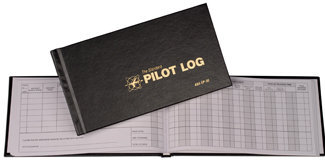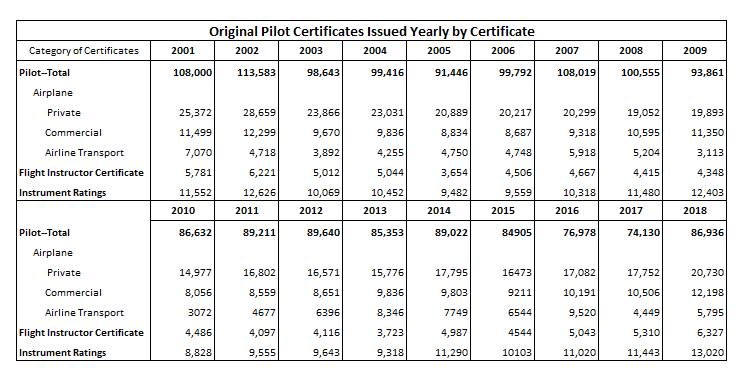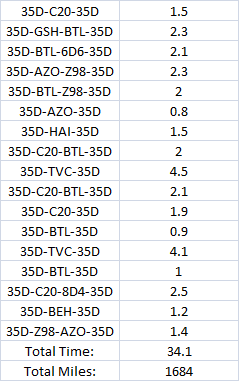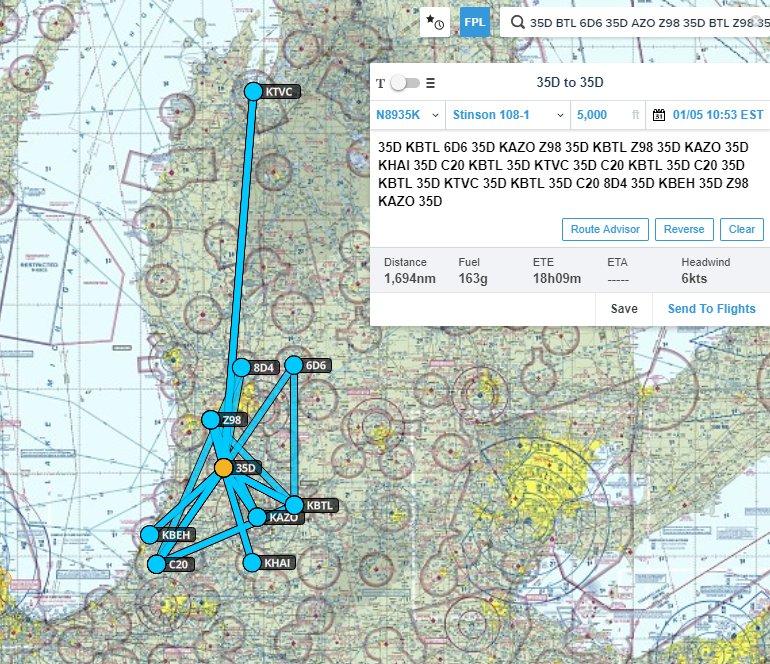 There are lots of tips I could give you about doing better logging of your flight time, but there are three that could save you a big chunk of heartache if things go wrong.
There are lots of tips I could give you about doing better logging of your flight time, but there are three that could save you a big chunk of heartache if things go wrong.
All three of these relate to “what happens if a logbook gets lost, destroyed, damaged,” or otherwise is no longer available to document your flight and training experience.
“It won’t happen to me,” I know you are thinking. Sure, you are just that lucky or careful. But I have seen it happen to others who thought the same thing.
With that in mind, here are the three quick tips.
Back it Up – Multiple Ways
Make copies. Somehow. Actually, I recommend digital copies such as scans or even doing something as simple as taking pictures and saving them to your “cloud” storage of choice. And back it up where it lives in the cloud.
I personally use an app on my phone/tablet that allows me to “scan” via the camera on the device to a pdf file format. Compiling this over time I have developed a running file that is a full backup of my logbook in scanned digital format. A quick search on the app store for your devices will probably generate search results that will offer a few options for this that cost less than $5-10, a cheap price to protect your data.
No matter what you choose, pictures, pdf scans, or old school scanner files, backing this up to a computer is a good idea, but not enough. Hard drives fail also.
I like to back up my files to an online service. There are many options such as Dropbox, Google Drive, and OnDrive that offer a limited amount of storage for free that is more than enough for backing up your logbook. This ensures that the file would live through a computer failure. I know it sounds a little paranoid, but multiple levels of saving this data can ensure that copies of your logbook will live through hardware failures, software failures, house fires, and more.
Don’t forget to backup not just the pages with flight hours, but endorsements also. Missing things like tailwheel, complex, or high performance endorsements can also be a problem if they are lost. without an ability to document them it may require a pilot to re-do them.



